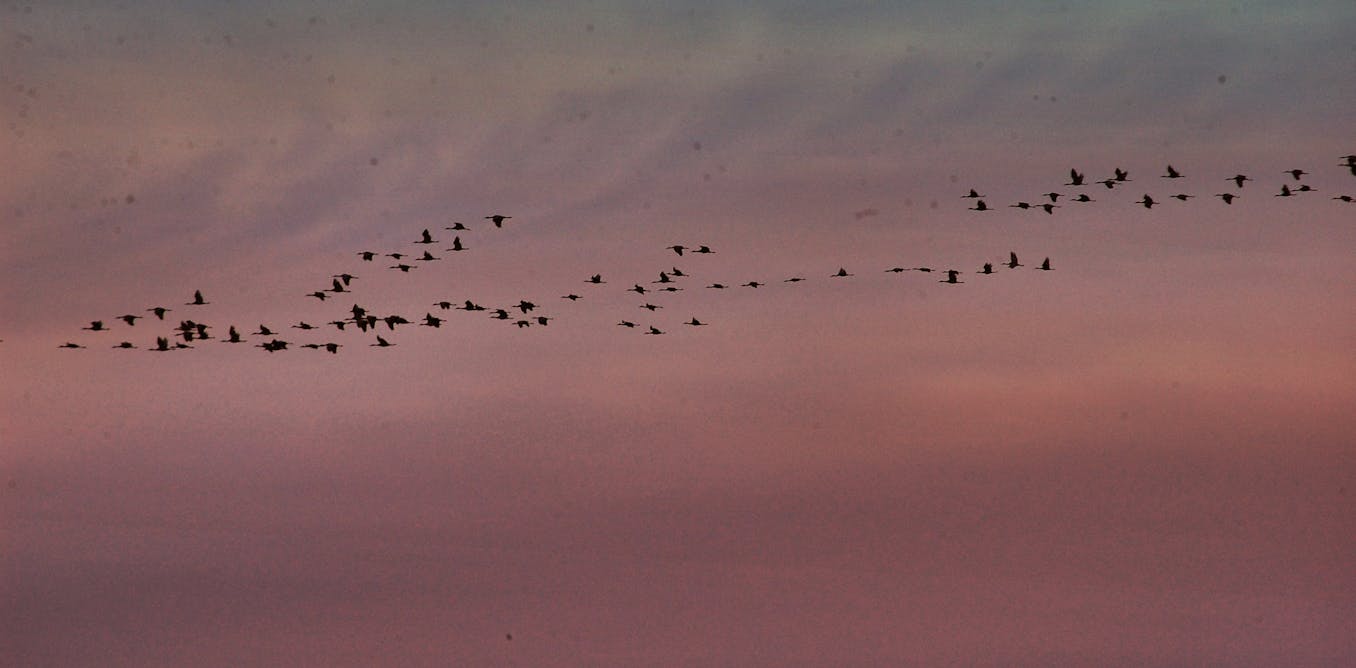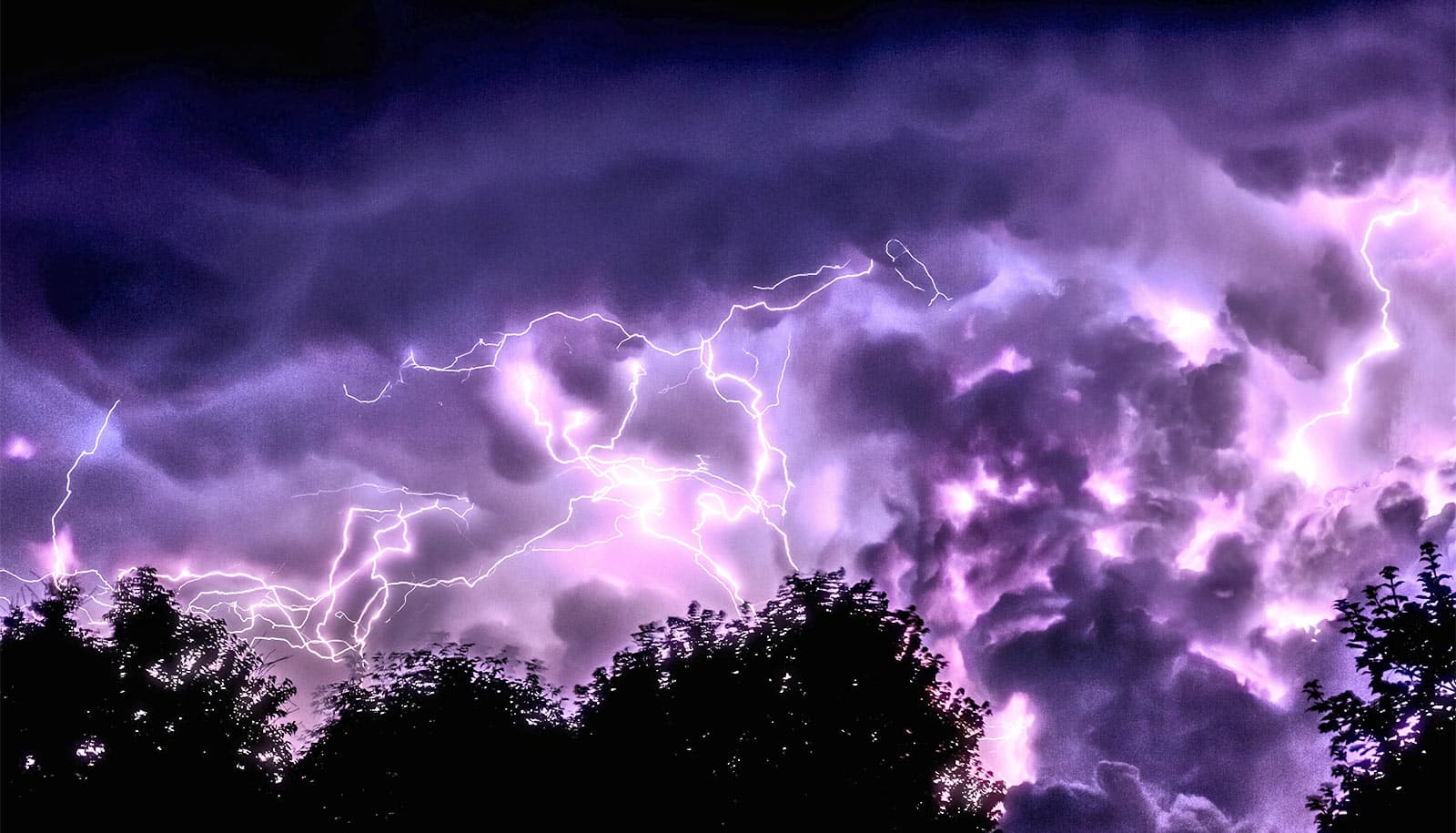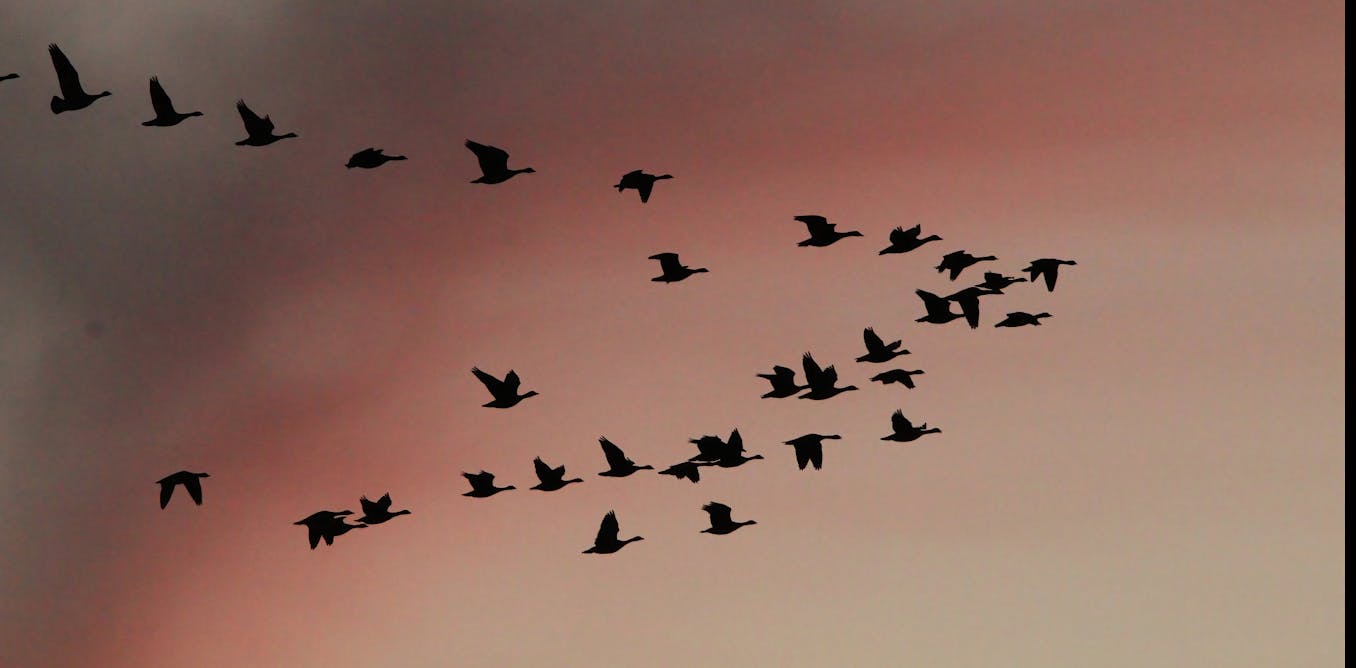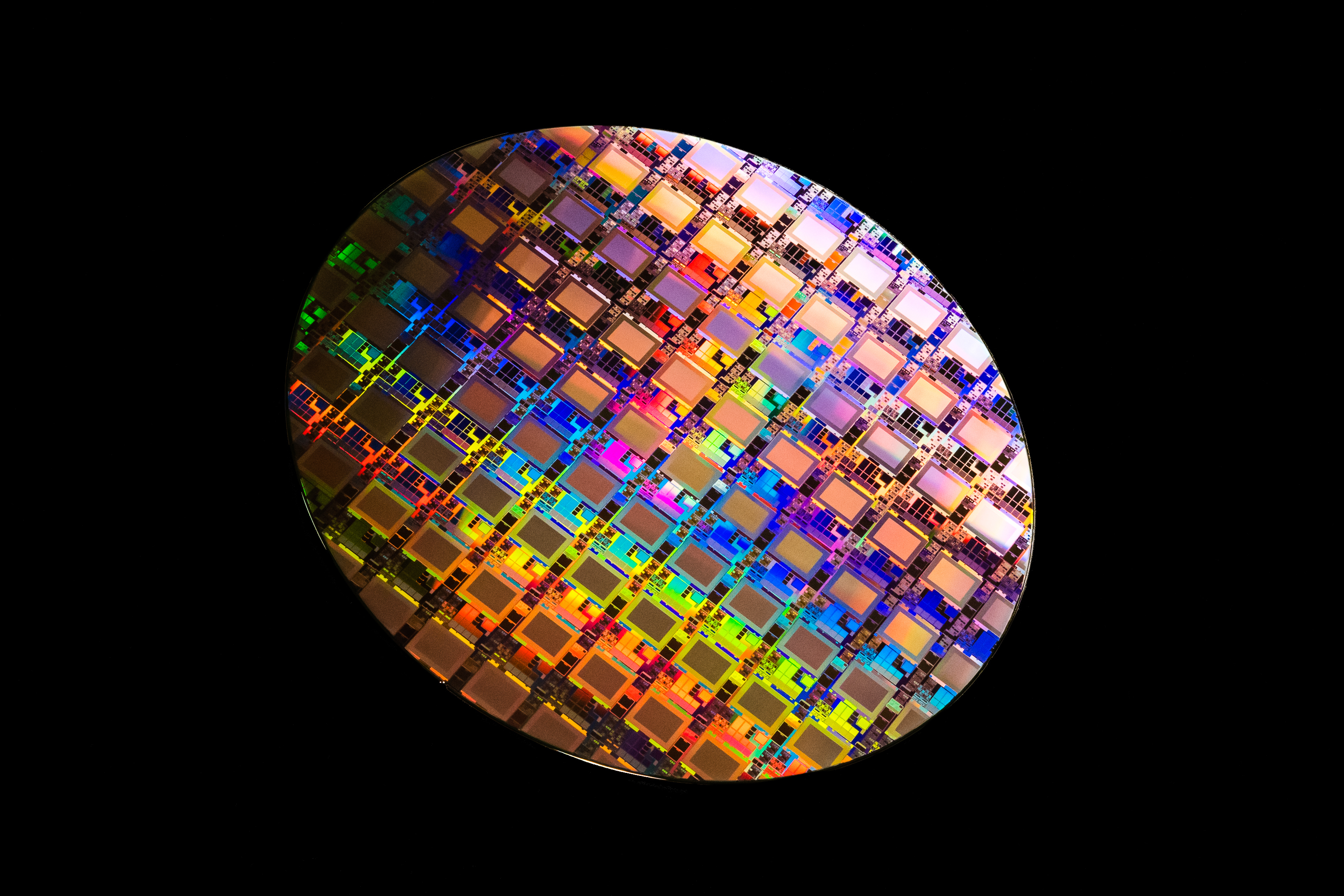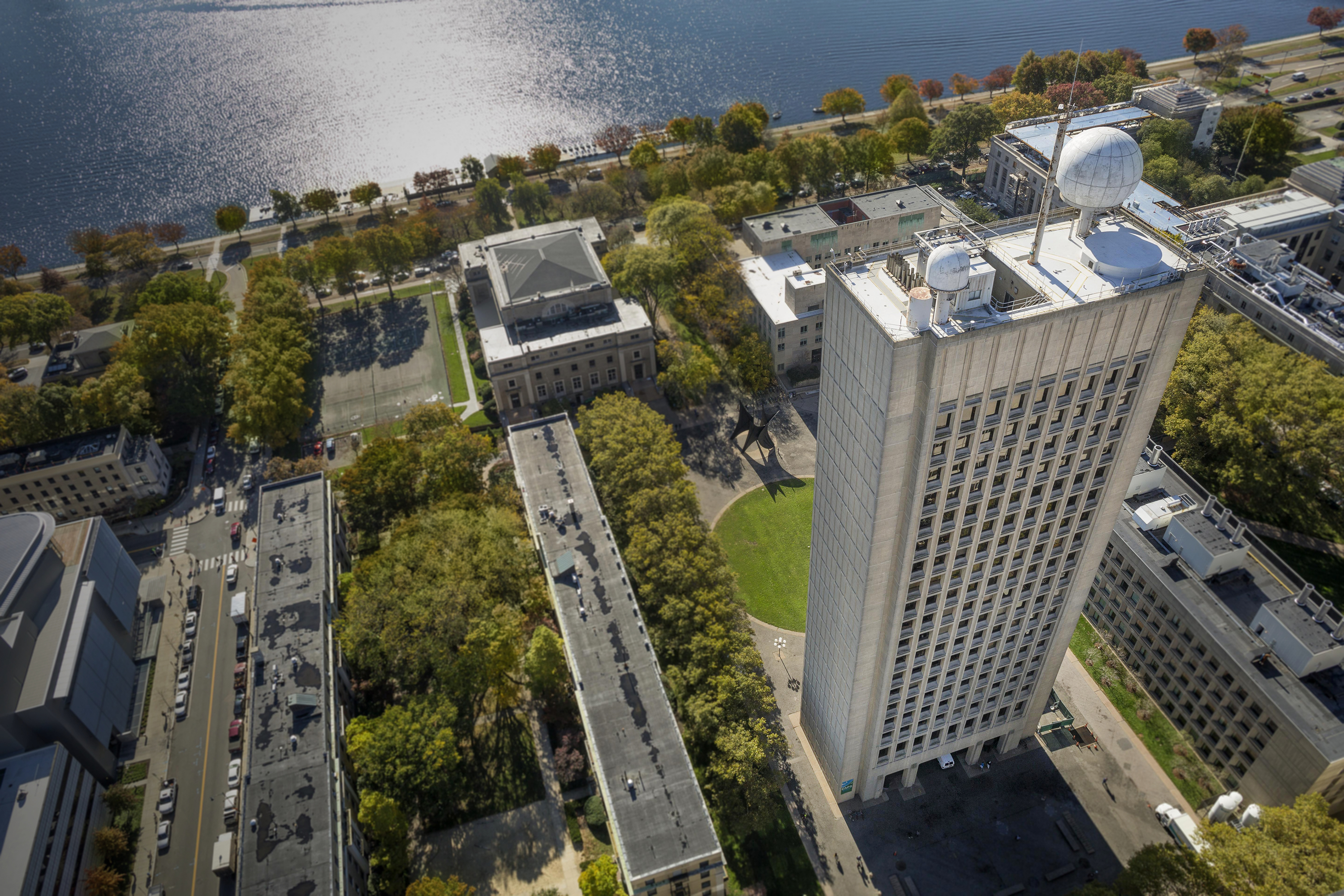Artificial light lures migrating birds into cities, where they face a gauntlet of threats
Migrating birds need stopover locations en route where they can rest and feed. A new study shows that artificial light draws them away from sites they would normally use and into risky zones.
Dec. 14, 2023 • ~7 min


